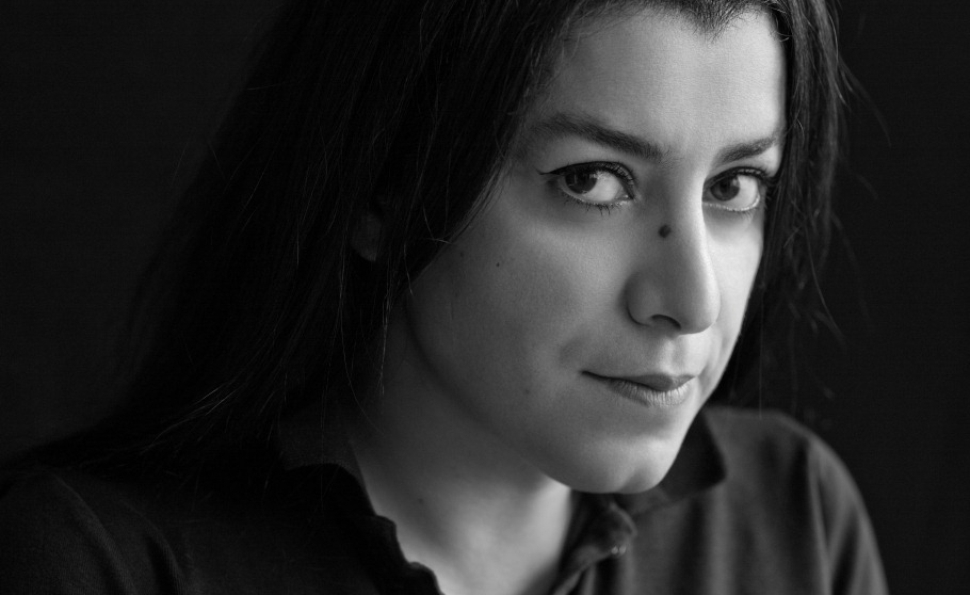If you haven't yet gotten started on your final essay, remember that all of the information on the assignment can be found in the link in the sidebar to the right. The links for "MLA Resources" and "Making Effective Arguments" are also well worth looking at, along with the portion of our syllabus regarding the response papers (specifically, what an argument should and shouldn't contain). If you have any questions, you can always drop me a line.
º º º
The end of the semester is a great time to consider nominating an English professor who's made an impact on your time here at UC for the William C. Boyce Award for Outstanding Teaching. It's very quick a easy to nominate someone (either here or by e-mail to english-artsci@uc.edu) and as a two-time Boyce nominee and one-time winner, I can tell you first-hand that a little appreciation goes a very long way.
º º º
I'd also be remiss if I didn't plug my spring courses. With any luck, I'll see some of you down the line!
Poetry: Sound, Media, and Performance (ENGL 3015-001 / DMC 3111-003)
Tues/Thurs 12:30–1:50
Poetry and Sound will trace the growing focus placed upon considerations of both sound and media in contemporary poetics. Potential areas of study might include performance and sound poetry, voice, aura and phonetics as well as audio documentation and dissemination of poetry through various media.
Prose Poetry & Flash Fiction Workshop (ENGL 3033-002)
Tues/Thurs 2:00–3:20
This course will explore the related cross-genre forms of prose poetry and its newer variant, flash fiction (a.k.a. short short fiction, microfiction, etc.), analyzing the characteristics each genre shares and what differentiates them. In addition to reading literary works in each genre, you'll experiment with writing your own pieces in these forms and consider the role of characterization, plot, imagery, and music in each.
Introduction to Literature (ENGL 2075-001)
Tues/Thurs 9:30–10:50
The course catalog says: "An introduction to the distinctive character of the major literary genres (drama, poetry, prose) with close attention to the techniques of interpretation and the fundamentals of literary theory. This course fulfills an HU BoK requirement. It does not replace nor substitute for ENGL 3000." I say: we'll consider how both canon and curricula are constructed, explore pragmatic questions regarding issues that are likely to arise in the classroom, and get hands-on experience in course design. In short, this is the new version of 3000 for Education majors.
Introduction to Literature (ENGL 2075-001)
Tues/Thurs 9:30–10:50
The course catalog says: "An introduction to the distinctive character of the major literary genres (drama, poetry, prose) with close attention to the techniques of interpretation and the fundamentals of literary theory. This course fulfills an HU BoK requirement. It does not replace nor substitute for ENGL 3000." I say: we'll consider how both canon and curricula are constructed, explore pragmatic questions regarding issues that are likely to arise in the classroom, and get hands-on experience in course design. In short, this is the new version of 3000 for Education majors.






